Unless you’re a frontline medical responder or involved in the manufacturing or delivery of essential services, the current Luzon-wide enhanced community quarantine, caused by the COVID-19 pandemic, means you’re bound to stay home for quite a while.
While you can maximize the extra downtime by finding something else to do, the same can’t be said for your car. It may not be exposed to as much wear and tear as when used regularly, but extended periods of inactivity can still damage your ride. And no, we’re not just talking about dust gathering on the bodywork. Read on to find more useful quarantine car care tips, prepared by Philkotse.com.

The current situation has seen most cars off the streets
Idleness Kills Your Car
Believe it or not, your car needs exercise just as much as you do. Think about it: cars are designed to be in motion. Leaving your car sitting in the garage for a few days isn’t going to hurt, but longer periods can potentially wreak havoc on its various components.
For one thing, there’s the obvious damage to the car’s paint job, especially if you don’t have a covered garage. Exposure to sunlight subjects the bodywork to damage from ultraviolet (UV) light, causing the paint to fade and plastic sections of the car to become brittle.
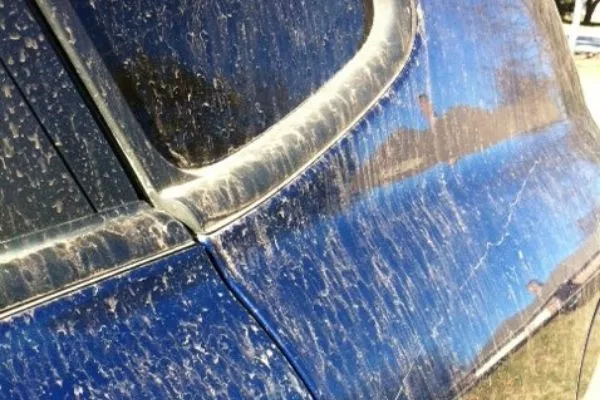
Dirt on your car's paint job is the least of your problems
>>> Related:
- How to deal with rust on your car
- 7 common mistakes when taking care of your car paint & ways to avoid them
The tires can also deform, as the car’s weight is concentrated on just one area, and passing days bring temperature shifts that vary the air pressure inside the tires, forming flat spots.
You can pump in more air and drive the car around to even out the shape of the tires, but long periods of being unused can permanently deform your rubbers.
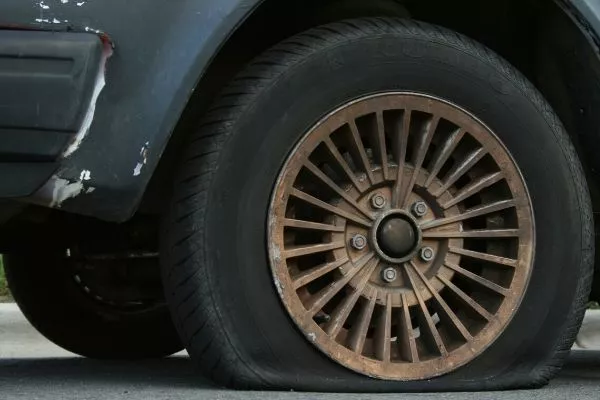
Deformed tires can lead to flats
The brake pads will likely get stuck to the discs or drums. This can pose a problem when you start using the car again and find that the brakes don’t engage as well as before (or worse, not at all).
With the car at the mercy of outside temperatures, alternating heat and cold will cause moisture to form in hard-to-reach areas.
Left unchecked, this will lead to corrosion, and you could end up having to replace entire systems. Moisture can also cause molds to form, posing a health risk to you and anyone riding along.
As the car’s 12-volt battery is charged every time the engine is cranked, leaving the car unused can slowly run down the battery to the point of being completely discharged. You won’t be able to start the car when that happens, not even to bring it to the nearest battery shop.
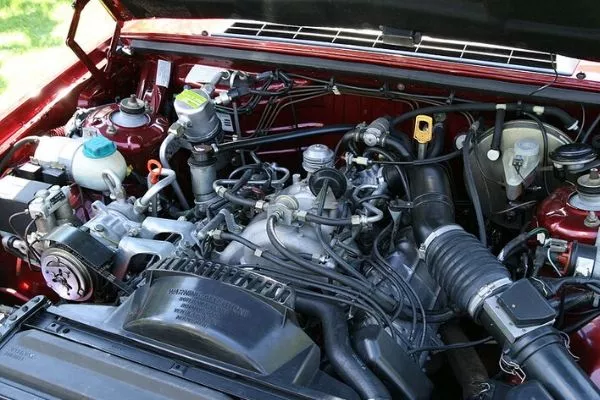
Your engine bay can play host to a variety of unwanted animals and pests
You might even have some unwanted passengers, such as stray animals or pests taking up residence in the different areas of your car, such as the engine bay or inside the tailpipe. They might end up chewing things like the upholstery or the electrical system.
>>> Related: What happens if leaving your car unused for a long time?
Storing Your Car Properly And Safely
Knowing certain precautions to take when storing your car (especially for extended periods) can ease your mind over the potential damage these problems pose.
You’ll need to find a garage or any other covered facility, to protect your car from the elements that can mar its bodywork.
If you don’t have a covered garage, invest in a good car cover. It might be a good idea to wash and wax the car first, to remove dust that can cause scratches when the car cover is placed. You might want to clean the interior as well. If your car is a convertible, put up the top.
Instead of relying on the parking brake, use chocks to hold the car in place while parked. This will prevent the brake pads and rotors from fusing together.
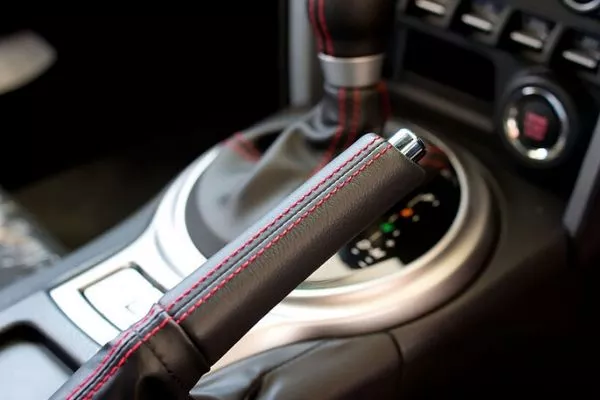
Avoid using the parking brake for prolonged storage
>>> Related: 10 tips owners should keep in mind before putting cars into storage
Change the engine oil and filters before leaving the car in prolonged storage. Flushing used oil also gets rid of accumulated moisture, metal filings, and other contaminants that can corrode the engine.
Also, store the car on a full tank of fuel to keep the seals from drying, and plug the tailpipe with a barrier of rags to prevent animals and pests from going inside.
If the car will be stored for a month at most, start it up every two weeks and find an area to drive it around for 15 minutes. This will spread the car’s weight evenly throughout the tires, eliminating flat spots that come from sitting too long.
It will also circulate the car’s fluids to prevent them from settling, as well as maintaining the battery’s charge. If the car will be in storage for more than a month, remove the wheels and place the car on jack stands.
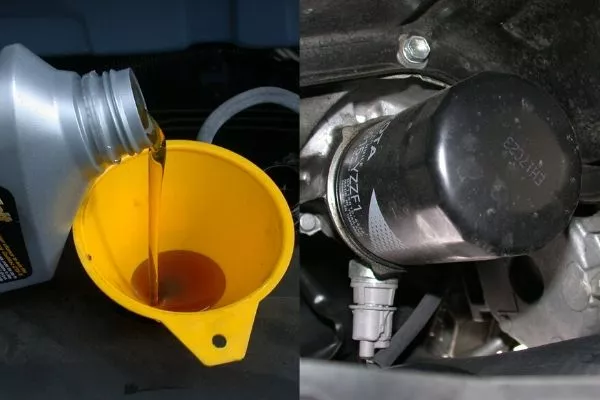
Replace the engine oil and filters with fresh ones
Disconnect the battery and store it in a separate place away from sunlight. You can apply petroleum jelly or grease on the battery terminals as a safeguard against rust or corrosion.
If you’re confident with your mechanical skills, you can also remove the spark plugs and spray a little oil into the cylinders to prevent corrosion, before reinserting the plugs.
Write down the things that you have removed, disengaged or added on a legible note. Place it on the steering wheel where you can easily see it when you get back to your car.
>>> Related:
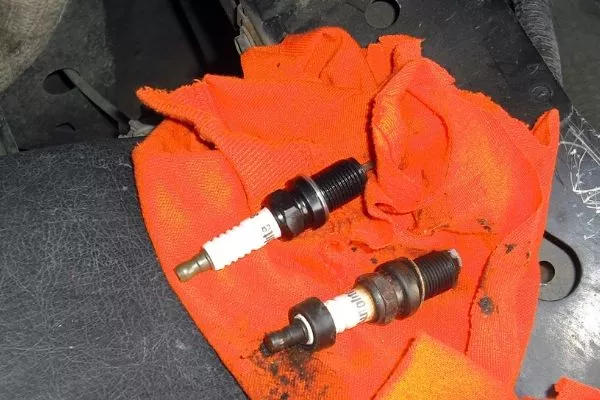
Check your engine for worn-out spark plugs and replace them if necessary
There’s no telling how long our cars will have to endure being parked in the garage. Proper storage procedures will at least ensure they’ll still be running fine, once the restrictions have been lifted and we’re all free to take to the roads once more.
Stay with Philkotse.com for the most relevant automotive tips.
Recent posts
- 4 common car battery problems you might face someday Mar 13, 2020
- [Philkotse guide] This is how to store gasoline safely and wisely Aug 16, 2022
- 7 Tips to Prepare Your Car for Long Term Storage Jan 15, 2021
- Tips for keeping your car in the garage Nov 10, 2017
- Do’s and Don’ts when car brakes fail Mar 17, 2021












